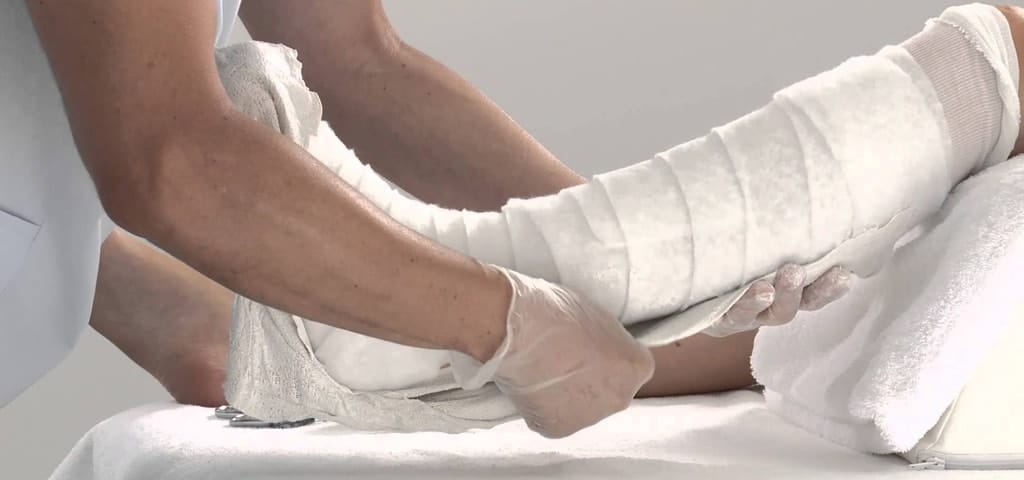A Fracture is a break in the bone resulting in loss of function and pain. A few decades back all fractures were managed by, Plaster of Paris castor treated with weights hanging from bed. With improvements in metal technology, advances in anesthesia, and research more and more surgeries are performed for fracture. But does all fracture need surgery? Can we still use Plaster of Paris?
Many fractures like wrist fractures in old people, children’s fractures (called greenstick fractures), arm bone fractures, some spine bone fractures (without spinal cord injury) can be treated without surgery. Some fractures definitely need surgery and some can be managed by both forms of treatment.
Generally speaking, fractures through joints(called intra-articular fracture) definitely require surgery. Because the joints which are a place where two bones meet and give movements require smooth surfaces. If the surfaces are rough and uneven due to fractures, then the smooth movement of the joint is lost and result in pain. Hence, perfect positioning of fracture fragments is necessary to get the best result in fractures through joints. Common fractures through joints which require surgery are ankle fractures, Knee fracture, forearm, and wrist Joint fracture. So to reiterate ”All Fracture Through The Joints Require Surgery”.
Some fracture which heals quicker and better with surgery compared to Plaster of Paris immobilization. For Example, fractures of the collar bones are healed better with surgery than bandages. Similarly, fractures of the thigh bone, hip bone, leg bone are better operated than treated with the plaster cast. The bone fragments may not be correctly aligned inside plaster cast and reduction will be lost. This can lead to deformities like bending of bone or angulations at Fracture Site. Also, hip fractures will either not heal or heal in a deformed position if treated without surgery. Hence surgery is a better option here. For fracture, surgery is done using metallic plates and screws or long rods inserted into the bone or sometimes with pins and rods outside the bone and skin (External fixator). Surgery is done under local or general anesthesia depending on the site of a fracture.
Discover More: Joint Replacement surgery | Pediatrician hospital in madhurai | Robotic Surgery Hospital in Madurai
Advantages of Fracture Surgery:
- The better positioning of broken bone fragments.
- Reliable fixation of bone ends when compared to plaster cast fixation of bone ends.
- Quicker healing times.
- Precise maintenance of reduction in fractures through joints.
- Avoiding plaster helps in moving joints near the fracture.
- No itching or skin dryness under the cast.
Disadvantages of Surgery:
- Scar
- Infections
- Failure of healing
Native bone setters:
Native bone setters are there in all parts of our state from Putthoor to thalavoor. People flock to them fearing surgery and high medical costs. Though they can get away with fractures away from joints, joint fractures are a total failure in traditional bone setters. Many times people end up with deformities and non-healing of fractures. Also, excessive tight bandages can lead to stopping of blood supply in injured limb and cause the death of cells, sometimes leading to amputation. Hence better to avoid quacks and traditional bone setters who do not set bones precisely.
Your orthopaedician is the best judge to decide whether a particular fracture requires surgery or not.

